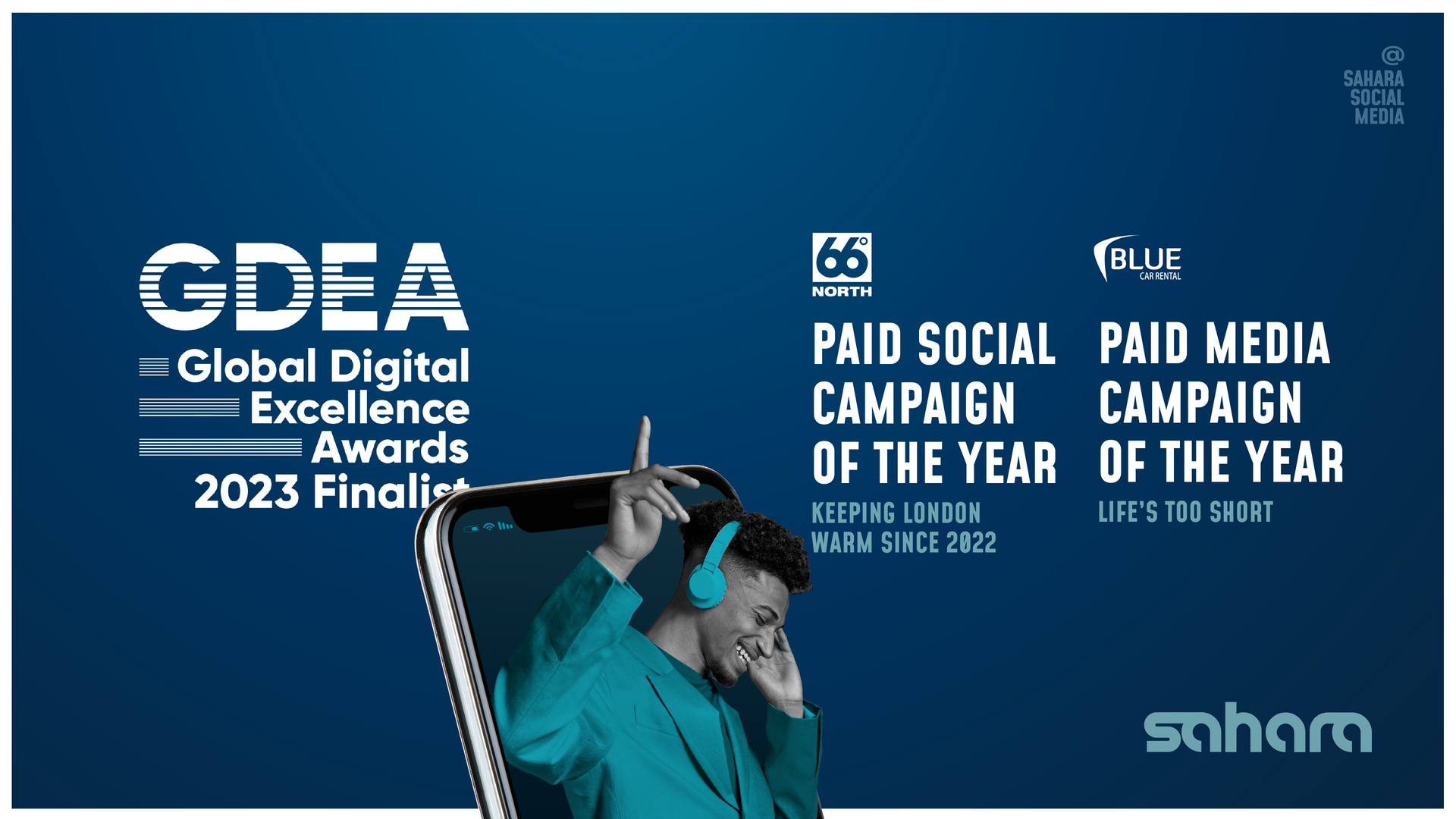Travel and Tourism Marketing Strategies:
Captivate and Convert Today's Travelers

As the travel industry makes a remarkable comeback, business owners in this field have a golden opportunity to take advantage of new trends and use effective marketing strategies to attract and interest today's travelers. In this blog post, we'll explore some of the most important marketing trends in travel and tourism and provide a variety of expert strategies to help you attract and convert potential customers.
Trend 1: Domestic travel is becoming more popular:
While foreign travel is essential, it's also important to remember the enormous potential of local tourism. Statistics show that Americans take over 2.9 billion trips within the country each year, indicating a booming market in our own backyard. Tailoring your marketing to attract and interest local tourists can help you reach a large number of potential customers.
Trend 2: Travel with a Purpose:
Today's travelers are increasingly motivated by their morals and seek travel experiences that benefit communities and support environmentally-friendly companies. If your company shares these values, it can significantly impact consumer choices. Catering to the values of travelers can help distinguish you from the competition. For instance, you can achieve
this by promoting diversity and inclusivity in your staff or highlighting eco-friendly practices.
Trend 3: The Power of Personalization:
Personalization is no longer a nice-to-have in the travel business; it's a must-have. Travelers want unique experiences from the first time they see your brand until long after their trip is over. By sending personalized marketing messages at every touchpoint, you can boost conversion rates, increase sales, and foster customer loyalty over time.
Now, let's talk about some travel and tourism marketing ideas that will help your business succeed:
Strategy 1: Leverage geo-targeting:
Geo-targeting is a game-changer when tapping into the booming local tourist market. By using geofencing technology, you can get the attention of people who are close by and inform them of all the great things they can do nearby. To maximize the effectiveness of your marketing efforts, focus on specific places or groups of people.
Strategy 2: Use video advertising to evoke emotions:
Traveling can be an emotionally charged experience, and video advertising is an effective way to tap into those feelings. Create engaging videos that tell exciting stories and showcase your brand's unique experiences.
There are several ways to present your brand to your ideal customer. One option is connected TV (CTV), which allows you to provide interactive video content that captures and maintains viewers' attention. Another option is through user-generated content (UGC), which has become increasingly popular thanks to the emergence of short-form video platforms. These platforms offer creators a space to share their unfiltered opinions on various products and services, making UGC a valuable resource for consumers seeking authentic product reviews.
In fact, a staggering 70% of consumers now rely on UGC reviews or ratings before making a purchasing decision. This reliance on UGC is rooted in our innate trust in word-of-mouth recommendations, a phenomenon that has seamlessly transitioned into the digital realm, making it easier than ever to share and access trustworthy insights.
Strategy 3: Create eye-catching creatives.
Visual appeal is crucial in the travel industry. Create visually stunning ads that resonate with your target audience by showcasing beautiful places or amazing things they want to experience. Craft your messaging to immediately spark interest, intrigue, or emotional reactions that lead to engagement and sales.
Strategy 4: Use advertising that fits the context:
Contextual advertising can be a powerful tool for reaching tourists who are ready to travel. By displaying ads based on buzzwords, website content, and other relevant information, you can reach people in the right frame of mind to convert. For example, information like "Top Things to Do with Families in Orlando" can help you reach people interested in traveling to this location.
Strategy 5: Create messages focusing on value:
Your message is very important to show visitors why they should choose your brand. Highlight what makes you stand out from your competitors. For example, emphasizing your rebooking policies and sharing positive client reviews from sites like TripAdvisor can give visitors a clear understanding of your business's unique value.
Strategy 6: Use positive PR to boost your brand and connect with clients.
Positive public relations (PR) is a powerful tool to help you establish a strong brand presence and forge connections with potential clients. By proactively managing your brand's image and leveraging positive PR strategies, you can amplify your reach, boost brand awareness, and foster meaningful connections with your target audience. Additionally, you can also leverage your paid media activities to enhance engagement and clicks at a significantly lower cost for brands.





